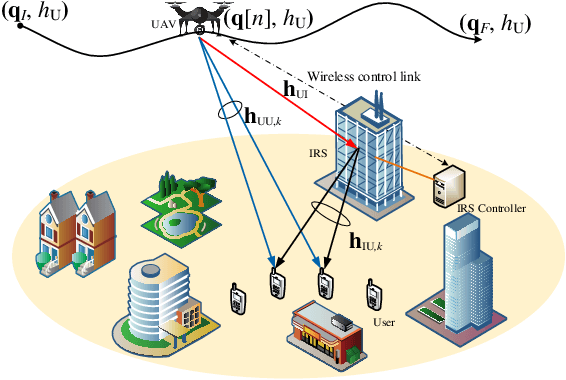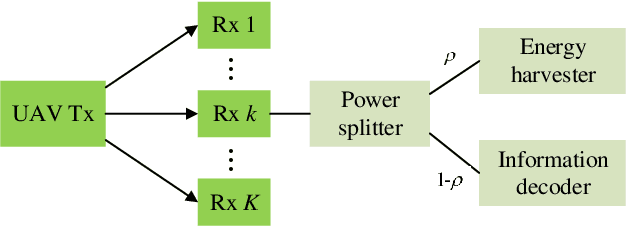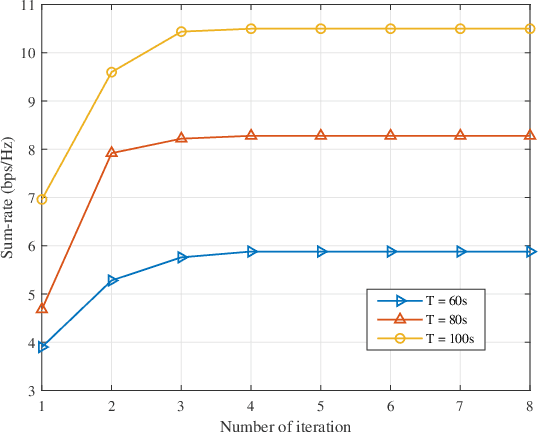Hongying Tang
Detail-Enhancing Framework for Reference-Based Image Super-Resolution
May 01, 2024



Abstract:Recent years have witnessed the prosperity of reference-based image super-resolution (Ref-SR). By importing the high-resolution (HR) reference images into the single image super-resolution (SISR) approach, the ill-posed nature of this long-standing field has been alleviated with the assistance of texture transferred from reference images. Although the significant improvement in quantitative and qualitative results has verified the superiority of Ref-SR methods, the presence of misalignment before texture transfer indicates room for further performance improvement. Existing methods tend to neglect the significance of details in the context of comparison, therefore not fully leveraging the information contained within low-resolution (LR) images. In this paper, we propose a Detail-Enhancing Framework (DEF) for reference-based super-resolution, which introduces the diffusion model to generate and enhance the underlying detail in LR images. If corresponding parts are present in the reference image, our method can facilitate rigorous alignment. In cases where the reference image lacks corresponding parts, it ensures a fundamental improvement while avoiding the influence of the reference image. Extensive experiments demonstrate that our proposed method achieves superior visual results while maintaining comparable numerical outcomes.
Joint Communication and Computation Design in Transmissive RMS Transceiver Enabled Multi-Tier Computing Networks
Oct 27, 2022



Abstract:In this paper, a novel transmissive reconfigurable meta-surface (RMS) transceiver enabled multi-tier computing network architecture is proposed for improving computing capability, decreasing computing delay and reducing base station (BS) deployment cost, in which transmissive RMS equipped with a feed antenna can be regarded as a new type of multi-antenna system. We formulate a total energy consumption minimization problem by a joint optimization of subcarrier allocation, task input bits, time slot allocation, transmit power allocation and RMS transmissive coefficient while taking into account the constraints of communication resources and computing resources. This formulated problem is a non-convex optimization problem due to the high coupling of optimization variables, which is NP-hard to obtain its optimal solution. To address the above challenging problems, block coordinate descent (BCD) technique is employed to decouple the optimization variables to solve the problem. Specifically, the joint optimization problem of subcarrier allocation, task input bits, time slot allocation, transmit power allocation and RMS transmissive coefficient is divided into three subproblems to solve by applying BCD. Then, the decoupled three subproblems are optimized alternately by using successive convex approximation (SCA) and difference-convex (DC) programming until the convergence is achieved. Numerical results verify that our proposed algorithm is superior in reducing total energy consumption compared to other benchmarks.
Intelligent Reflecting Surface Empowered UAV SWIPT Networks
Jul 23, 2021



Abstract:Aiming at the limited battery capacity of a large number of widely deployed low-power smart devices in the Internet-of-things (IoT), this paper proposes a novel intelligent reflecting surface (IRS) empowered unmanned aerial vehicle (UAV) simultaneous wireless information and power transfer (SWIPT) network framework, in which IRS is used to reconstruct the wireless channel to enhance the energy transmission efficiency and coverage of the UAV SWIPT networks. In this paper, we formulate an achievable sum-rate maximization problem by jointly optimizing UAV trajectory, UAV transmission power allocation, power splitting (PS) ratio and IRS reflection coefficient under a non-linear energy harvesting model. Due to the coupling of optimization variables, this problem is a complex non-convex optimization problem, and it is challenging to solve it directly. We first transform the problem, and then apply the alternating optimization (AO) algorithm framework to divide the transformed problem into four blocks to solve it. Specifically, by applying successive convex approximation (SCA) and difference-convex (DC) programming, UAV trajectory, UAV transmission power allocation, PS ratio and IRS reflection coefficient are alternately optimized when the other three are given until convergence is achieved. Numerical simulation results verify the effectiveness of our proposed algorithm compared to other algorithms.
 Add to Chrome
Add to Chrome Add to Firefox
Add to Firefox Add to Edge
Add to Edge